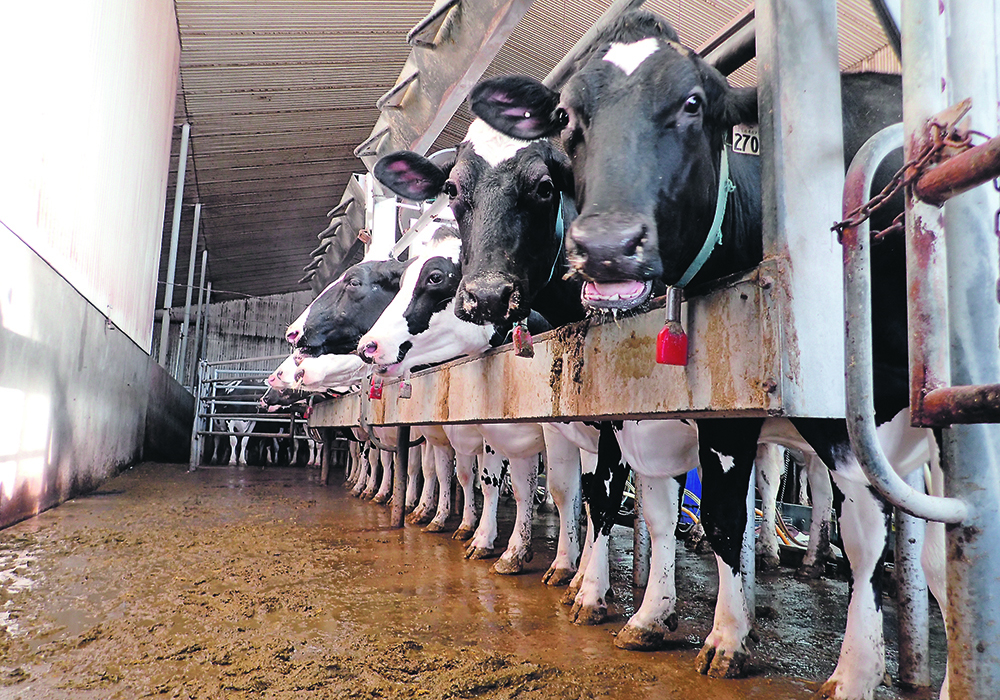The United States has filed another complaint about Canada’s dairy tariff rate quota allocation process.
The U.S. is unhappy with changes Canada made in May after a ruling on its first complaint. U.S. trade representative Katherine Tai announced May 25 the U.S. had asked for dispute settlement consultations and suggested Canada had expanded its TRQ restrictions rather than granted more access.
“I am deeply troubled by Canada’s decision to expand its dairy tariff rate quota restrictions,” she said. “We communicated clearly to Canada that its new policies are not consistent with the (Canada-U.S.-Mexico trade agreement) and prevent U.S. workers, producers, farmers and exporters from getting the full benefit of the market access that Canada committed to.”
Read Also

Manitoba community projects get support from HyLife
HyLife Fun Days 2025 donated $35,000 each to recreation and housing projects in Killarney, Steinach and Neepawa earlier this fall.
The previous ruling last December said Canada could not allocate all TRQs to domestic processors and Canada responded with changes it said ended the use of processor-specific TRQ pools. But American dairy lobbies immediately urged their government to retaliate, saying the changes didn’t meet international trade commitments.
The Americans want TRQ access awarded annually, rather than a few months at a time.
Canadian trade minister Mary Ng said the country has met its obligations under the trade agreement.
“We respect the right of the United States to initiate the dispute resolution mechanism as part of the agreement. Canada will actively participate in CUSMA’s consultation process and stand by our position to administer our TRQs in a manner that supports our dairy supply management system,” said Ng.
If the consultations don’t result in agreement the U.S. could ask for a dispute settlement panel.
The Dairy Processors Association of Canada said it supports Ottawa.
“In our view, a key outcome of the last panel decision was the acknowledgement that Canada ‘has significant discretion in designing and implementing its allocation mechanisms’,” the organization said.
















